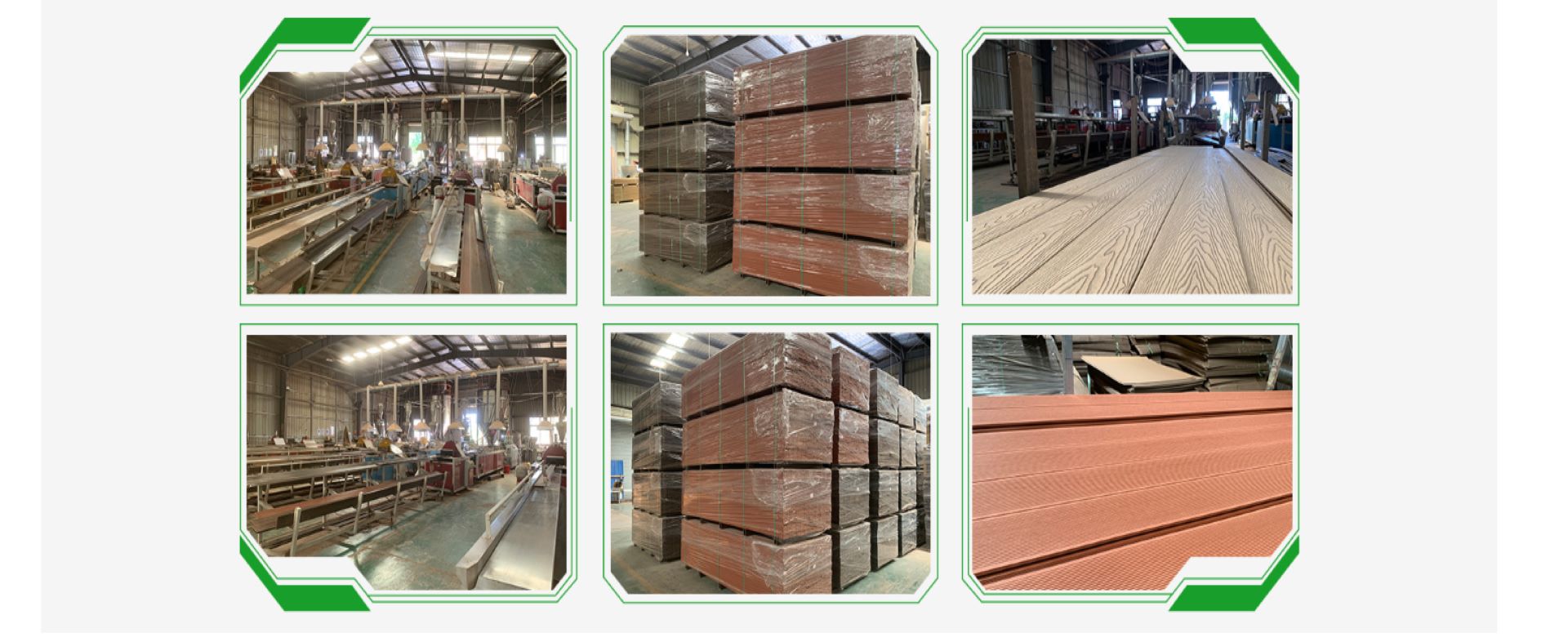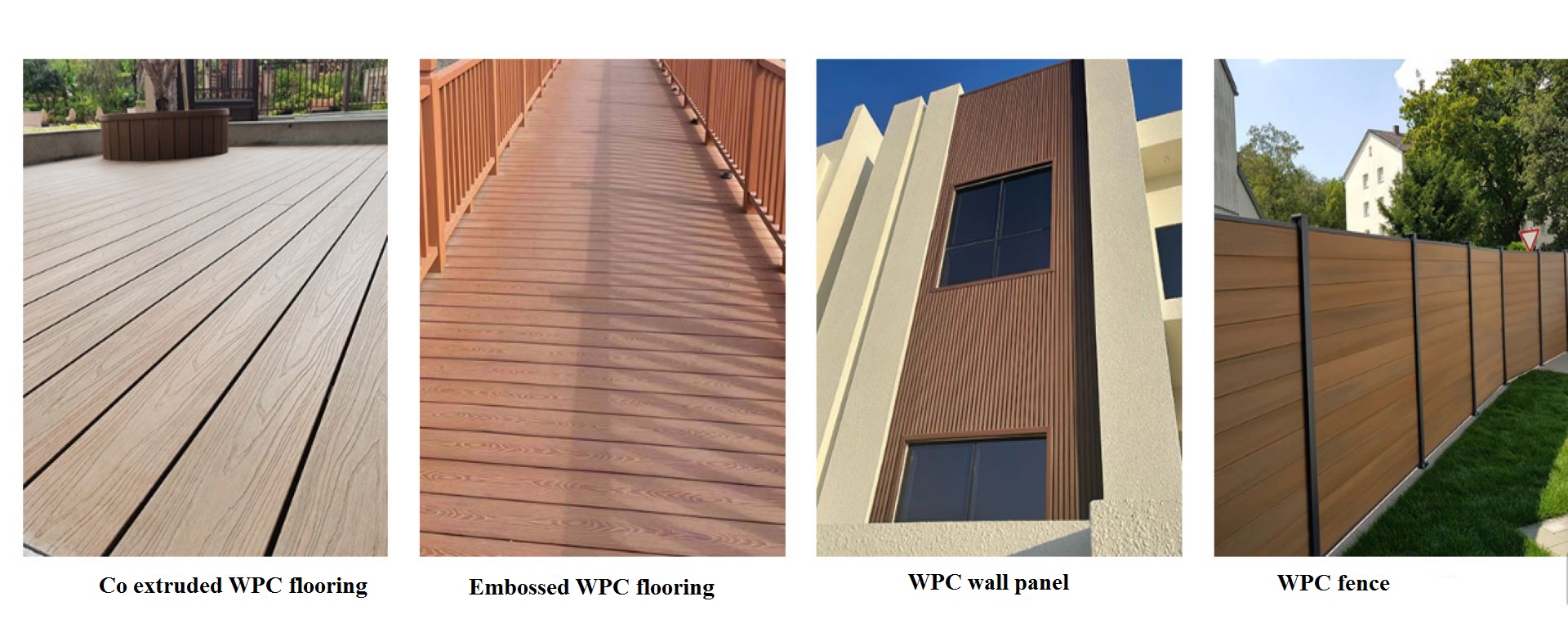Processing and application of plastic wood building wall panels
Processing and application of plastic wood building wall panels
Architectural wall panels are important tools in the construction of concrete structures. In cast-in-place concrete structure engineering, formwork engineering generally accounts for 20% to 30% of the cost of concrete structure engineering, 30% to 40% of the labor cost, and about 50% of the construction period. Template technology directly affects the quality, cost, and efficiency of engineering construction, making it an important component in promoting the progress of building technology in China. The application of plastic wood materials to building wall panels is a remarkable innovation that meets the advanced productivity requirements of "circular economy" and "green building".
Comparison of commonly used building material templates
Wooden template
Wooden formwork was first applied, but due to the consumption of a large amount of wood and the easy splitting and high loss rate of dismantling the formwork, the turnover times are generally 4-6 times. For China, where forest resources are not abundant, alternative products should be sought.
Steel formwork
This template is a substitute for wooden templates, and the product has been standardized and formed into a series. Its advantages are that it can save a lot of wood and can be reused multiple times, with a turnover rate of up to 40 times. However, it also has many unsatisfactory aspects: ① High cost; ② Heavy and cumbersome, inconvenient to lift and dismantle during construction; ③ Due to weight limitations, the area of a single template is not large, and there are many spliced blocks during use, which is time-consuming and laborious; ④ Steel formwork has a certain affinity with cement, and when dismantling the formwork, it is easy to peel off the surface of cement products such as columns or beams, which affects the quality; ⑤ Steel formwork is prone to rusting.
Plastic wood formwork
Products such as plastic wood construction panels have been vigorously promoted and developed rapidly in developed countries and regions such as the United States, Germany, and Japan. Houses built with this type of wood plastic composite flooring, fence, and wall panel material are both environmentally friendly and energy-efficient. Its advantages are: ① Can save a lot of wood; ② There are advantages in terms of convenience, speed, and safety during construction; ③ Plastic wood does not require maintenance and can be recycled, which can greatly reduce production costs and solve many key engineering problems.
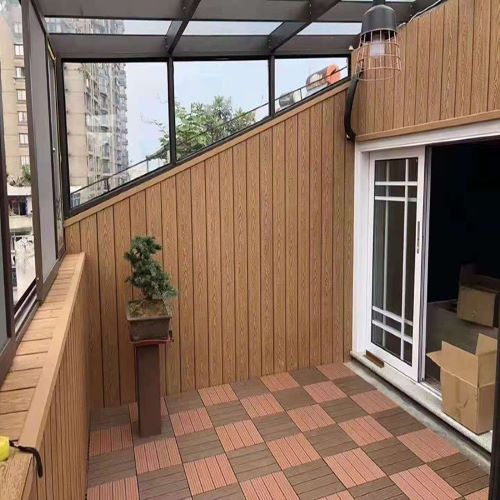
Characteristics of Plastic Wood Formwork
① Similar to the secondary processing properties of wood: sawable, planing, drillable, nailing, adhesive, and screw fixable; Strong grip on nails (nails do not break, crack, or explode).
② High overall strength, good rigidity, high hardness, strong toughness, suitable for outdoor placement (strong weather resistance), no softening in summer, no brittleness in winter (can be used normally within -50 ℃ to 75 ℃).
③ Strong antibacterial, anti fog, anti-corrosion, moisture-proof (especially suitable for use in high-rise, underground engineering and humid environments), anti termite, anti insect, anti rodent bite, fireproof, anti UV, anti electricity, thermal insulation.
④ Drop the entire 3m2, 23kg board from a height of 12m without any damage or deformation upon landing.
⑤ Lightweight formwork support and removal, safe and reliable construction operation and handling, low labor intensity, labor-saving, and high construction efficiency. It can be used in combination with various materials such as wood (bamboo) plywood, with high cost-effectiveness, no maintenance costs, and can accelerate construction progress and shorten the construction period.
The main components and production equipment of wooden formwork
Main components
(1) Template: extruded with PVC microcellular foam and connected with ordinary iron nails. Mainly used for isolating concrete, the commonly used sizes are 915mm × 1830mm × 15mm, which is convenient for handling.
(2) Wooden beams: mainly used for load-bearing purposes to prevent deformation of the formwork after being subjected to stress. General I-shaped plastic wood square 50mm x 80mm.
(3) Support: Transfer the load to the ground, usually using metal scaffolding.
(4) Connectors: Effectively connect templates, wooden blocks, and supports, mainly using iron nails and specially designed connection standard components.
The current situation and development trend of plastic wood formwork: By introducing advanced foreign technology, many new types of formwork have been promoted and applied, and the construction technology of plain concrete has been developed. Various formwork such as composite steel formwork, large formwork, steel frame bamboo plywood, tunnel formwork, cylindrical formwork, etc. have been developed. Technologically, the country has also issued technical regulations, and existing templates are widely used in high-rise buildings and construction projects such as bridges, overpasses, highways, railways, tunnels, etc. Due to its leading position in national economic development, the development and application technology of building wall panels are relatively fast. In terms of template production and application technology and processes, some techniques have been introduced or developed. In terms of pouring concrete, the construction method of using wood instead of steel has been abolished. Moreover, most engineering projects use plain concrete as the process, making the shape design at the leading level in China, and the specialized construction team of formwork has been improved and developed. However, due to the adoption of the Soviet style beam column structural stress system theory in technical standards and industrial development, a relatively complete assembly template system has not been formed. Some production enterprises have problems such as small scale, simple equipment, low-end products, poor template quality, slow construction progress, high material consumption, and high costs. These issues need to be gradually resolved and improved in the future.
Development Trends
(1) Diversified structure: From plate-like to hollow and irregular. Some integrate wooden blocks with boards, greatly improving the strength of the material itself and accelerating efficiency.
(2) Quick installation: The labor cost is rapidly increasing, and the standardization of templates allows workers on construction sites to perform installation operations faster and better. Meanwhile, some well-designed assembly templates are quietly emerging.
Plastic wood formwork combines the duality of wood and plastic, with a wide range of applications and a very promising future. The production of plastic wood formwork spans multiple industries, involving molds, equipment, operations, formulas, and more. Its production technology is different from traditional extrusion plastic molding.
Guess you still like:
Many European and American countries' plastic wood industry is on an equal footing with developed countries
The development trend of wood plastic flooring, fence, and wall panel materials in the building materials industry
18 Questions and Answers on Wood Plastic Composite Flooring, Fences, and Wall Materials Products
What is the function of plastic wood door lining and the characteristics of plastic wood wall panels
 Processing and application of
Processing and application of
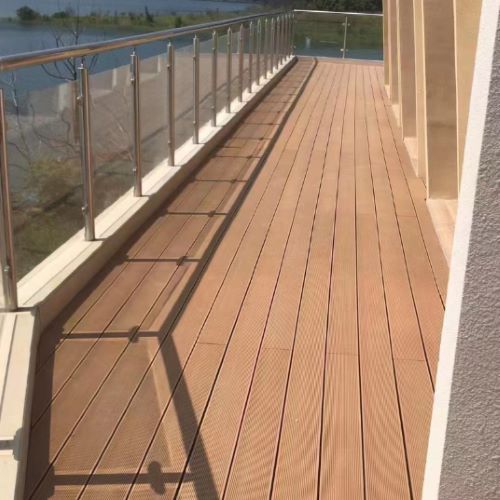 What are the advantages of woo
What are the advantages of woo
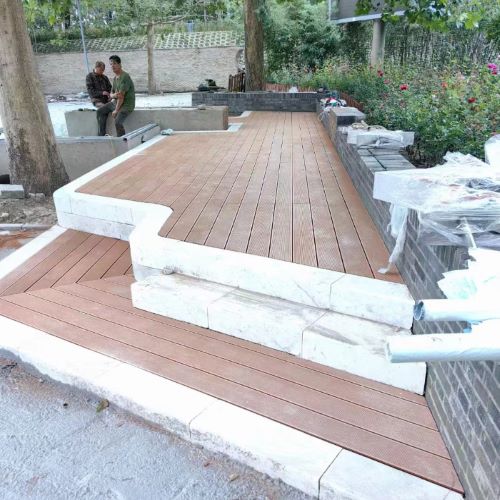 Design application of wood pla
Design application of wood pla
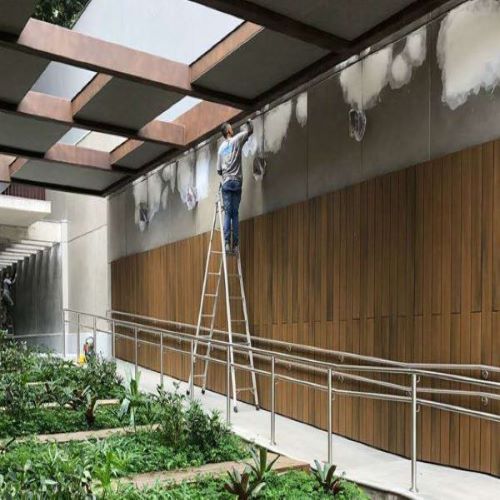 Outdoor garden plastic wood pr
Outdoor garden plastic wood pr

